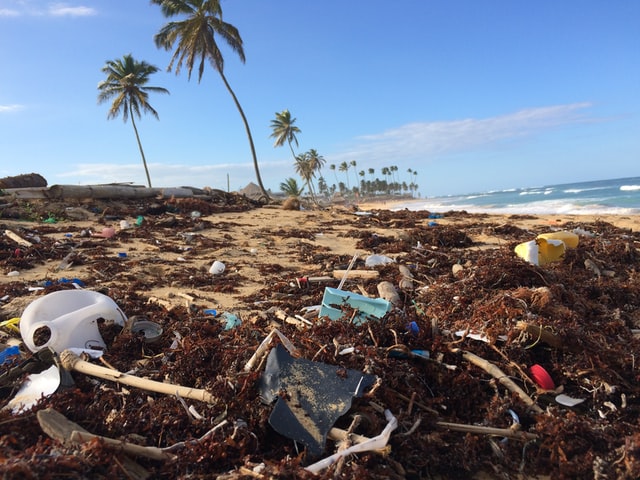CONSUMERS AWARENESS AND NEW REGULATIONS
In these last few years, the general mindset of consumers has changed and adapted, gaining more sense of responsibility, being more aware of climate changes and the importance of recycling. People want to help the planet, so they are making small changes in their daily lives (e.g., reusable containers or bags for groceries). The rise in consumer’s awareness about plastic and plastic waste can be observed worldwide.
Packaging represents the biggest generator of plastic waste. The beauty and cosmetic industry is one important part of plastic waste generation and consequently one of the main targets for environmental action. Big brands can have a direct impact on consumers overall attitude towards eco-friendly shopping. New regulations/legislation and the actions taken all over the world have a direct influence on the cosmetic products packaging and its perception by the consumers.
National authorities have already started publishing new regulations or adapting the existing ones in order to reduce waste (particularly plastic waste) and inciting people to make informed decision when choosing their products (e.g. labelling requirements, making it mandatory to specify the type of material used, if it is recyclable, what are its disposal instructions, etc.).
The enforcement of the Single-Use Plastic Directive (Directive (EU) 2019/904 on the reduction of the impact of certain products on the environment) is one of the actions being implemented in the European Union (EU). Italy’s new environmental labelling requirements (Legislative Decree nº 116 of 3 September 2020) is another example of countries taking action regarding plastic waste and the environmental problem it represents.
In the U.S., the main drivers for change are the consumer´s demand, environmental concerns and municipal financial pressures. There is no significant federal initiative, but there is an extended manufacturer responsibility on the rise. Some important Senate Bills have already passed or are waiting for publication so changes are expected in a near future.
In Canada, a national strategy that has been put in action (Canada Wide Strategy on Zero Plastic Waste). It has a goal of diverting at least 75% of plastic waste from federal operations by 2030. This country has already introduced a ban on single-use plastics (e.g. straws, plastic grocery bags, cutlery, etc.).
COSMETICS INNOVATION AND ITS INFLUENCE ON PACKAGING
The cosmetic industry is starting to respond to consumer´s demands and new regulations by reducing the total amount of packaging, using more recyclable materials and using reusable packaging. Cork and wood are two examples of materials that are increasingly used in cosmetic and personal care products as alternative to plastic.
One of the major trends and industry innovation are the cosmetic products presented in solid formats. Nowadays consumers can find in the market solid shampoos and conditioners, solid oil, solid facial balms, solid serums, body balm stick, moisturising pearls and other similar products. With these new products´presentations, innovation in textures or formats (less volume) becomes secondary for brands and manufacturers.
Besides lasting longer, these products also use minimal and sustainable packaging. For example, many solid shampoos available on the market claim to be equivalent to 2 bottles of 250 ml ‘traditional’ shampoos. Overall, these innovative formulas are more sustainable because they use less water on their formulation and use less packaging or no packaging at all.
If you need further information or advice on how to do enhance your “zero waste” policies, our team of specialized cosmetics industry consultants can help you. Feel free to contact us at info@criticalcatalyst.com.
References:
- Directive (EU) 2019/904 of the European Parliament and of the Council of 5 June 2019 on the reduction of the impact of certain plastic products on the environment – https://eur-lex.europa.eu/legal-content/EN/TXT/PDF/?uri=CELEX:32019L0904&from=EN
- Decreto Legislativo 3 settembre 2020, n. 116. Attuazione della direttiva (UE) 2018/851 che modifica la direttiva 2008/98/CE relativa ai rifiuti e attuazione della direttiva (UE) 2018/852 che modifica la direttiva 1994/62/CE sugli imballaggi e i rifiuti di imballaggio. (20G00135) (GU Serie Generale n.226 del 11-09-2020)














